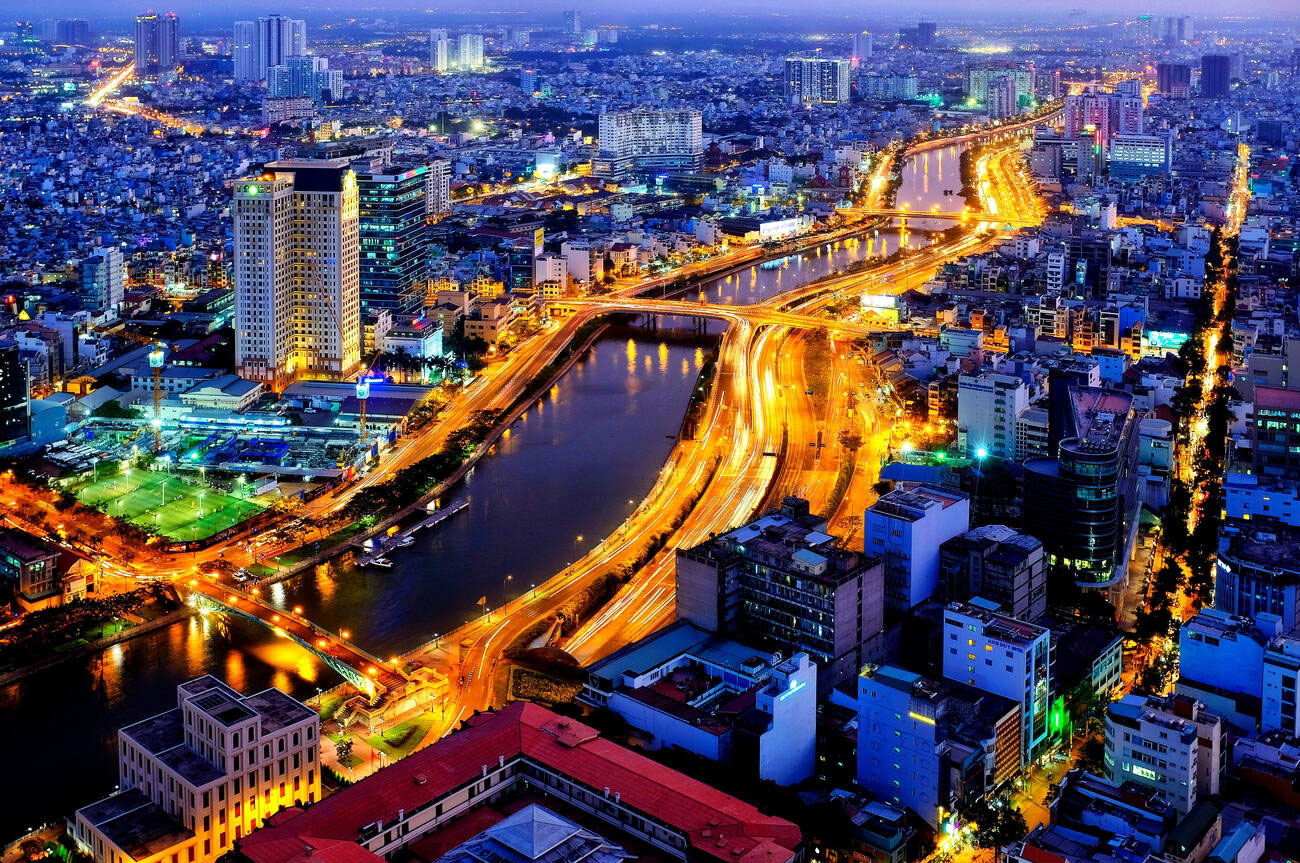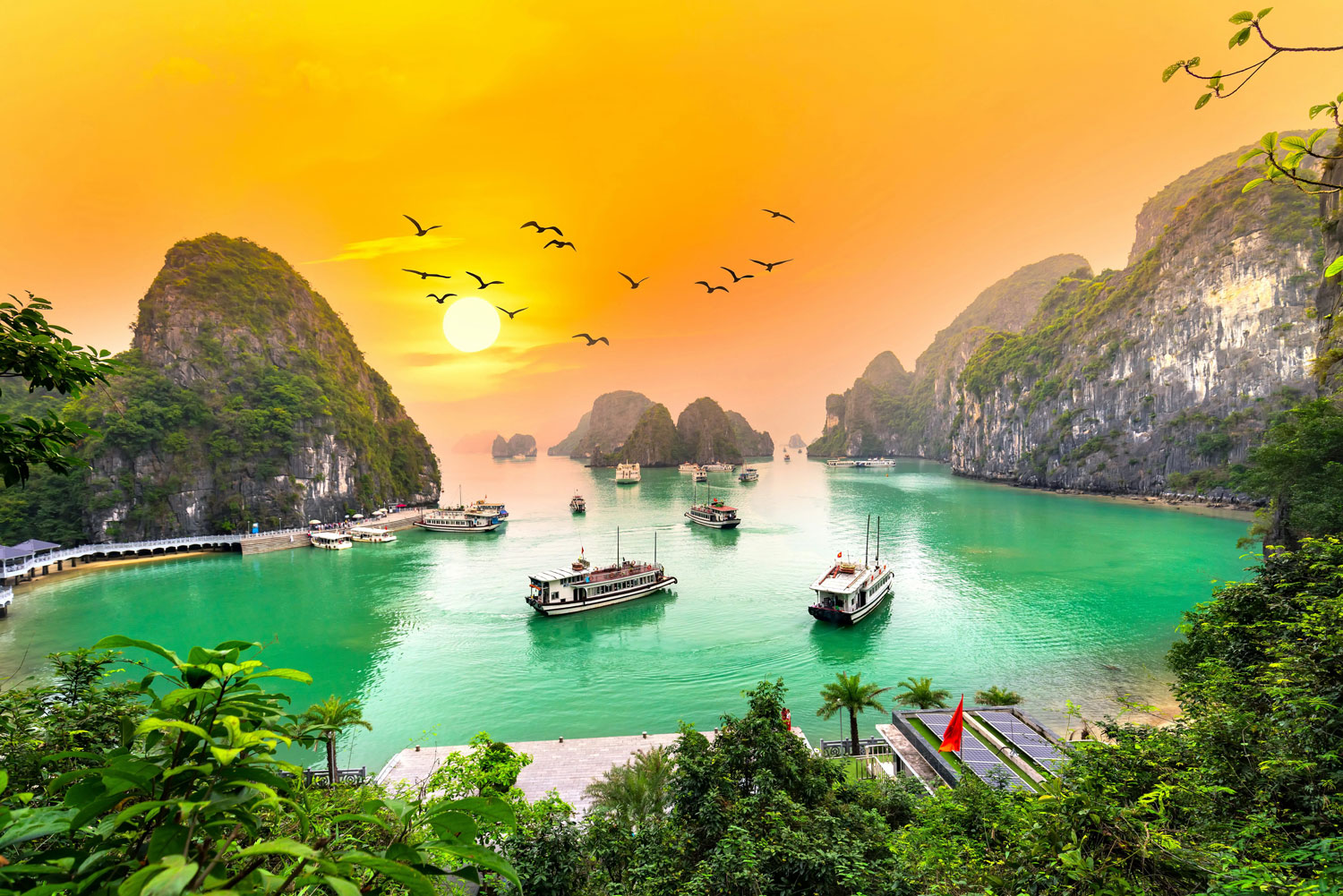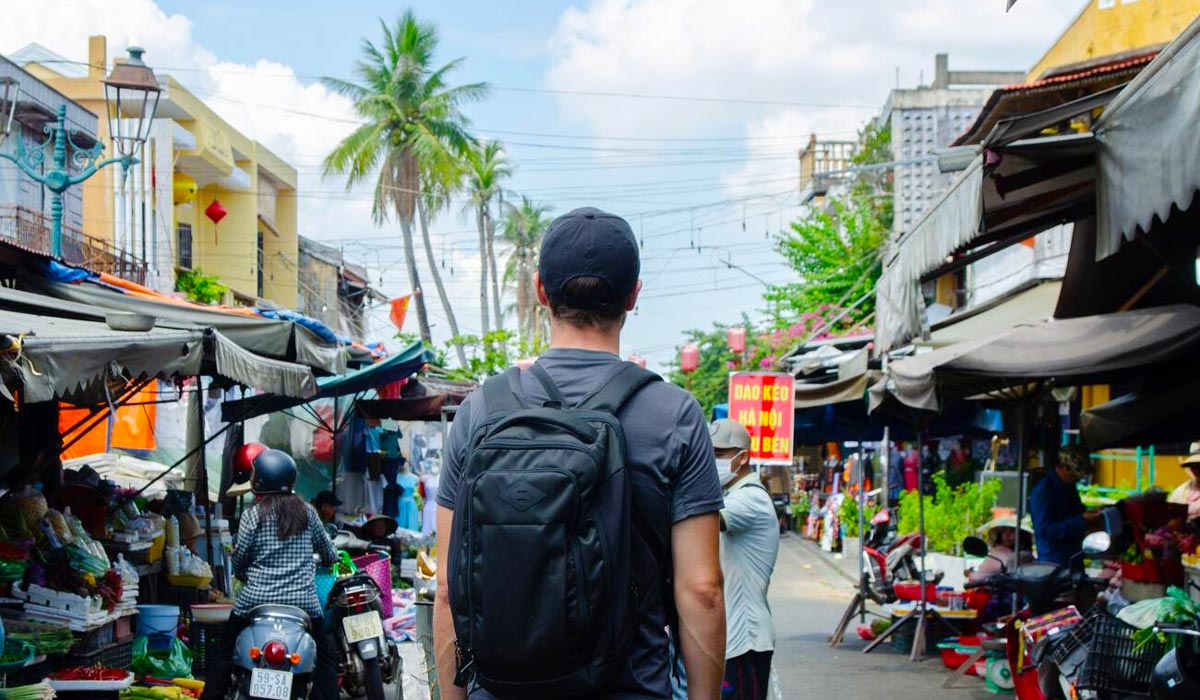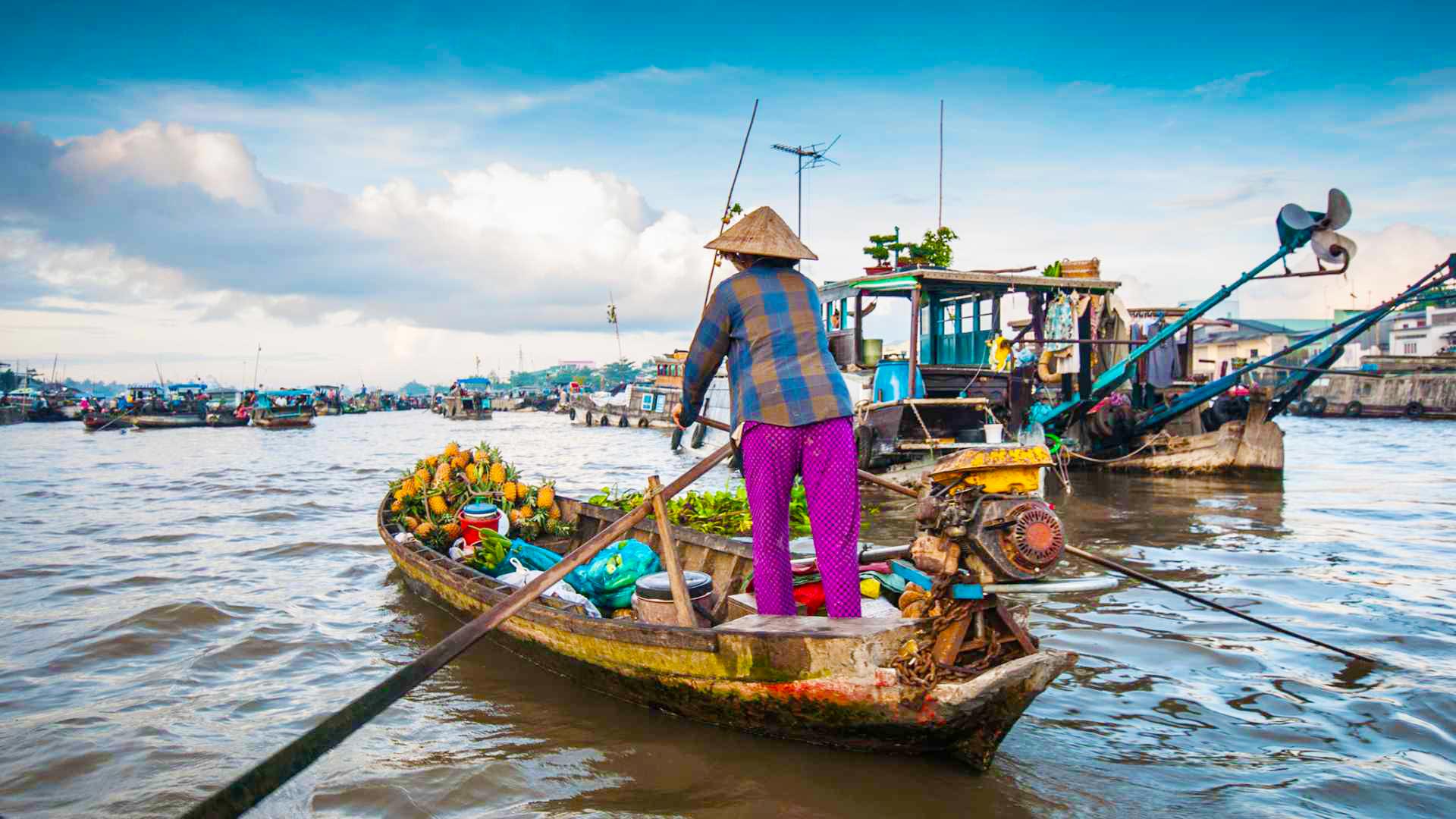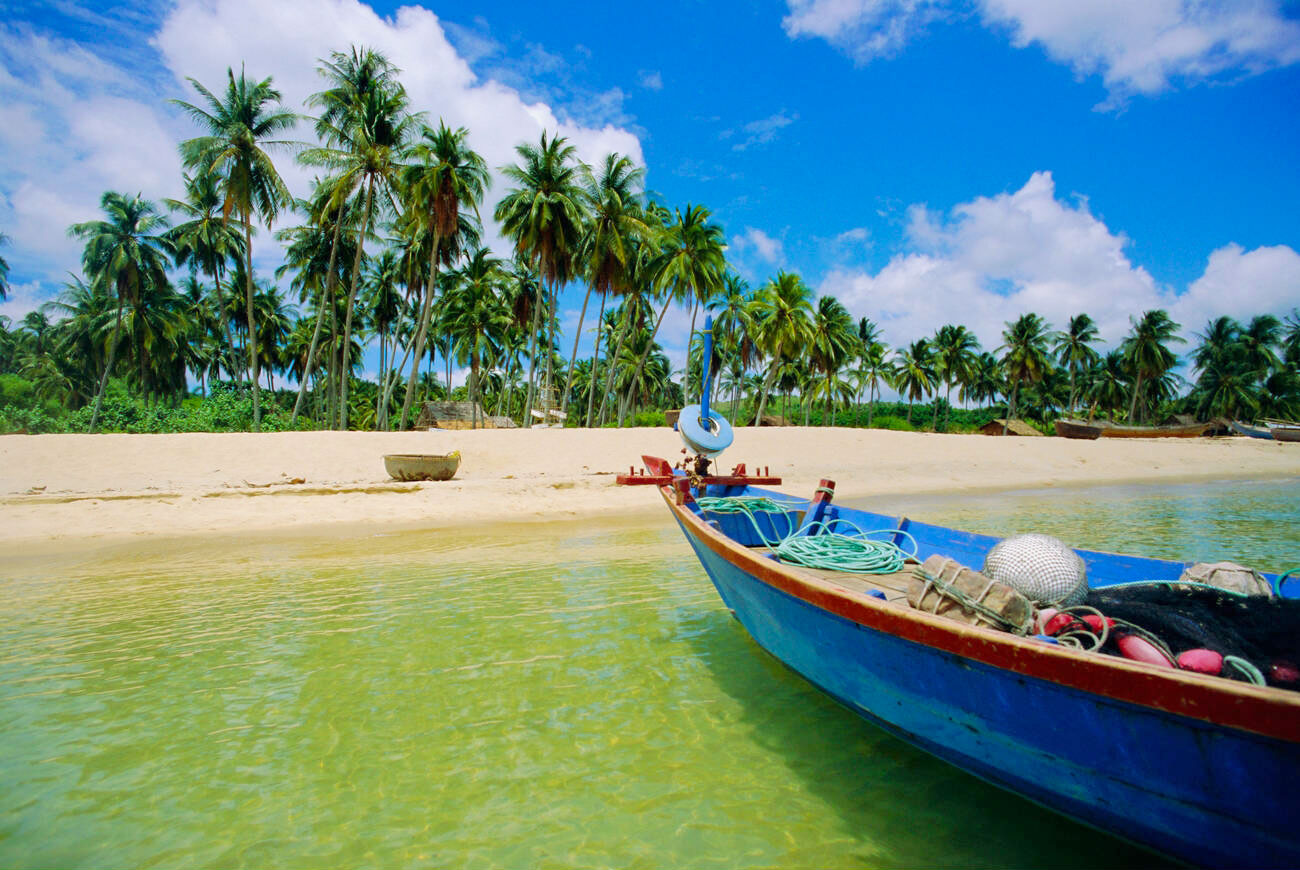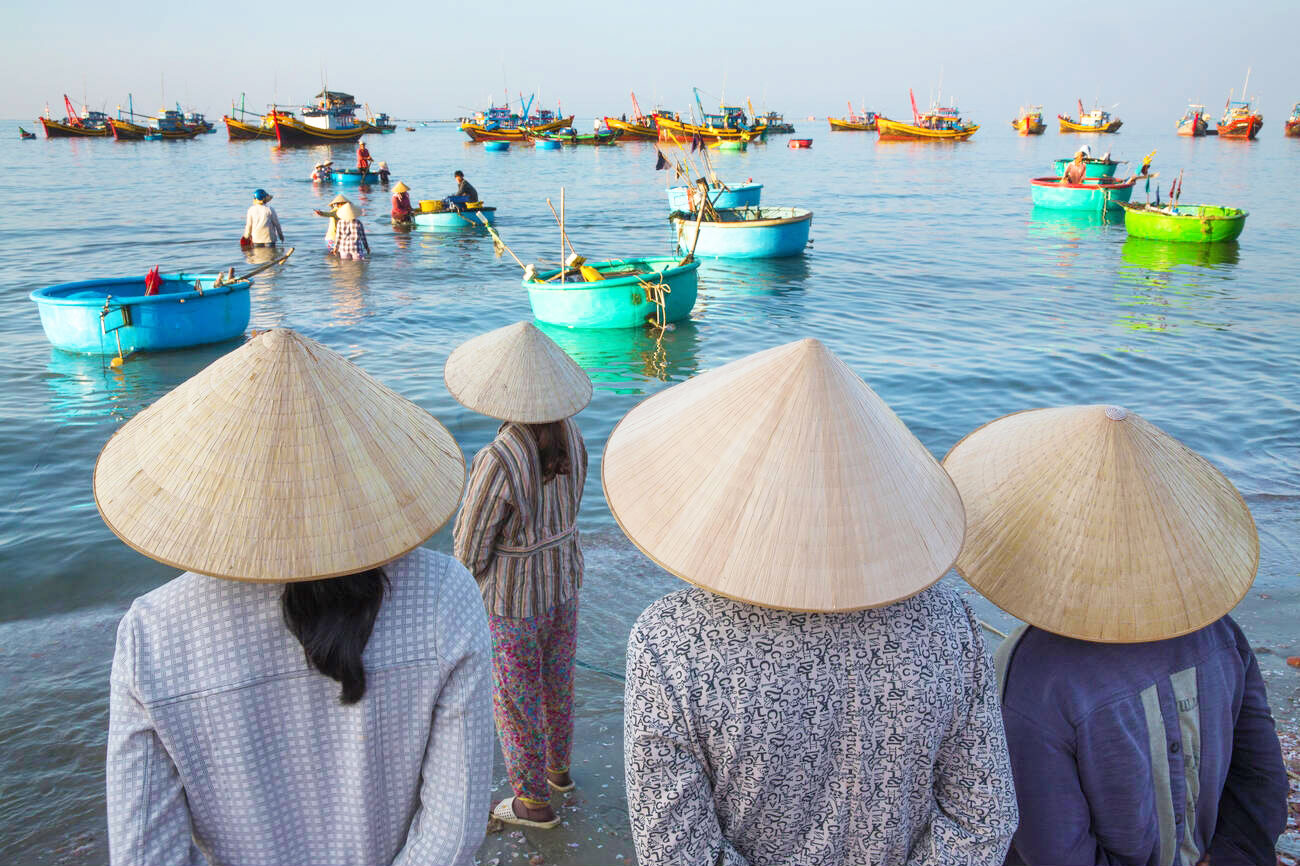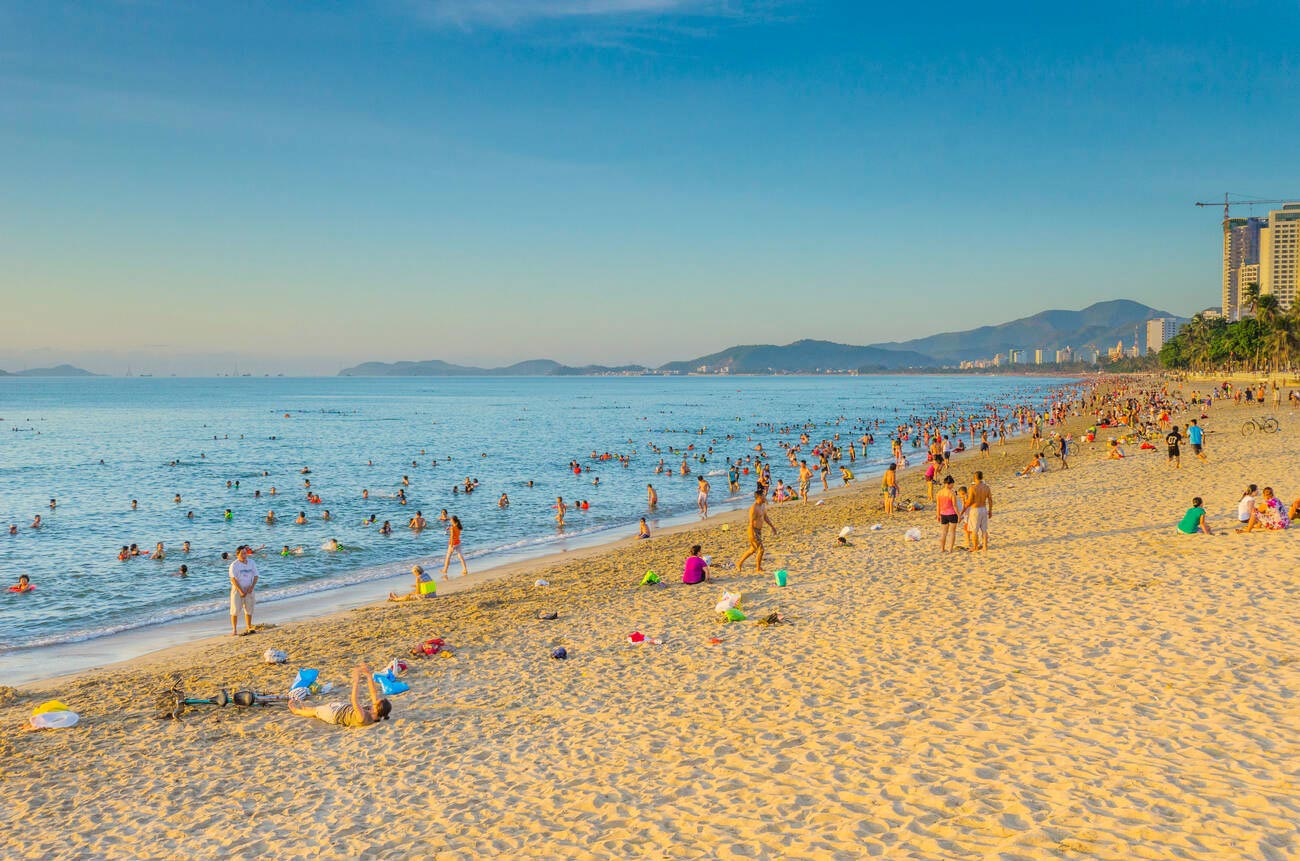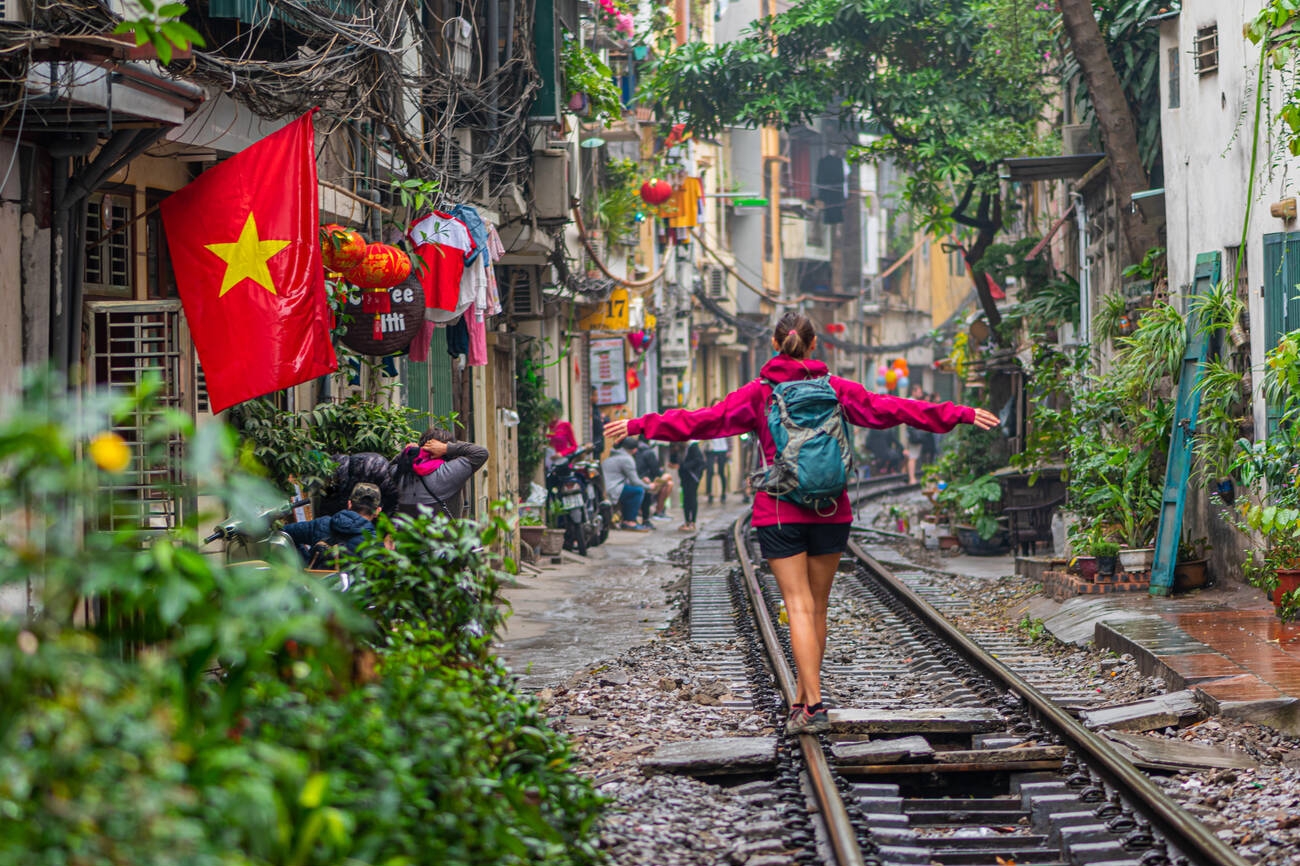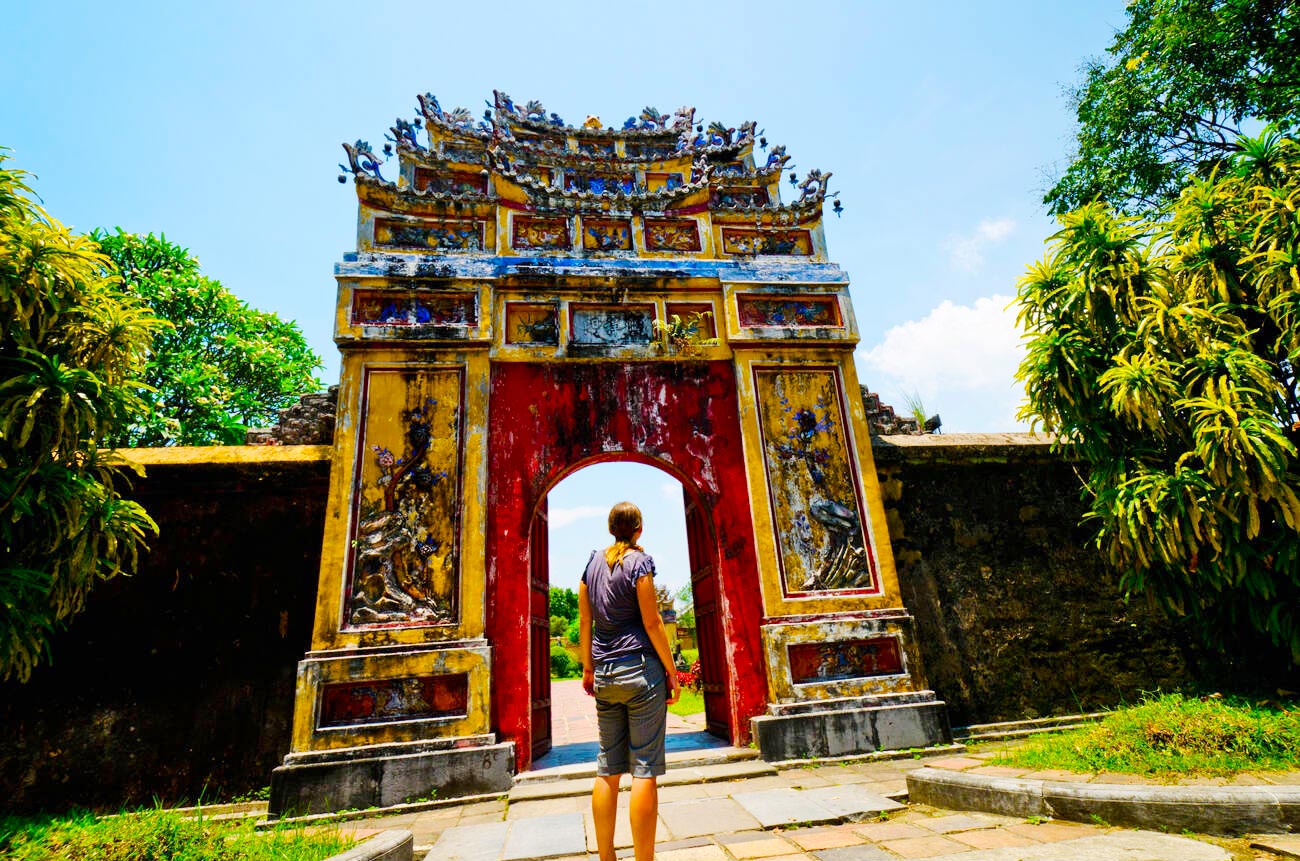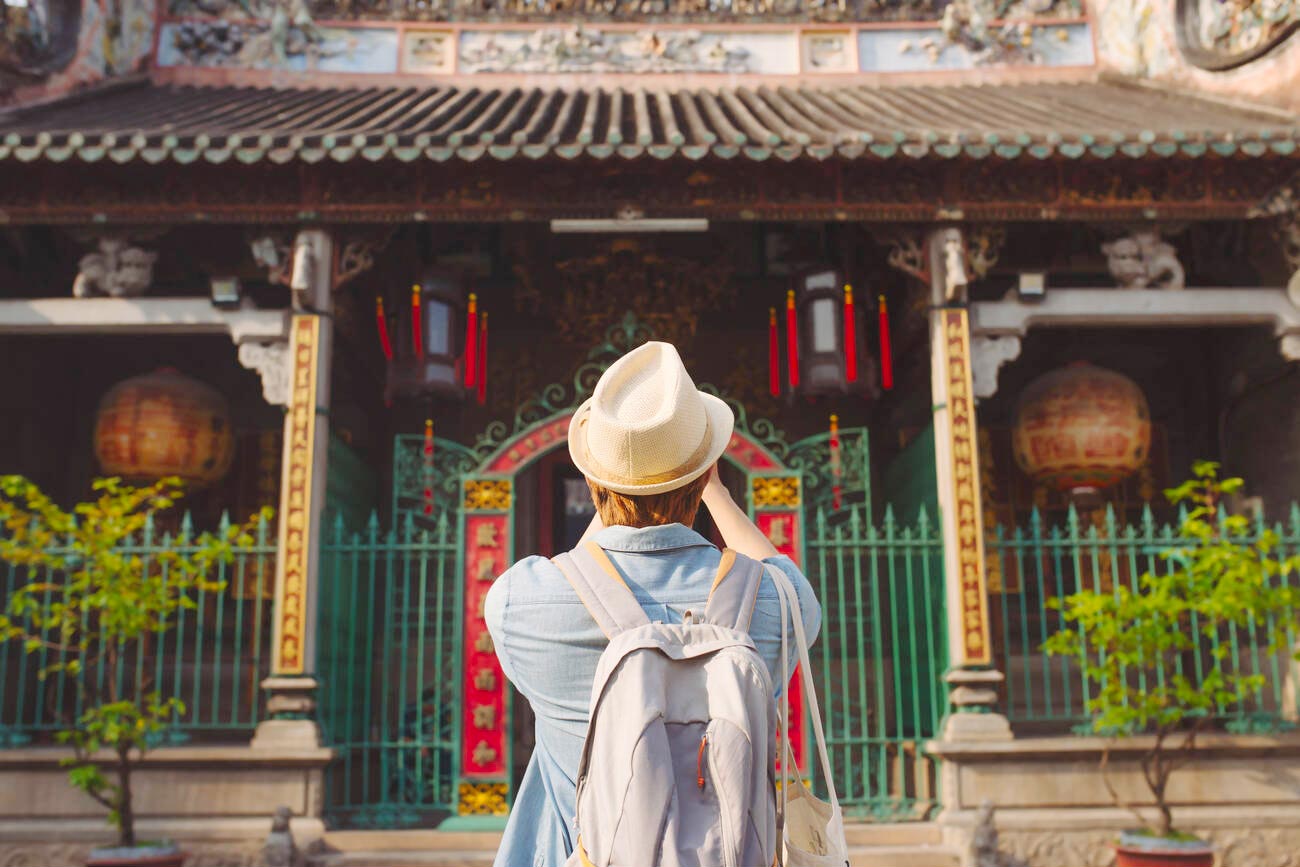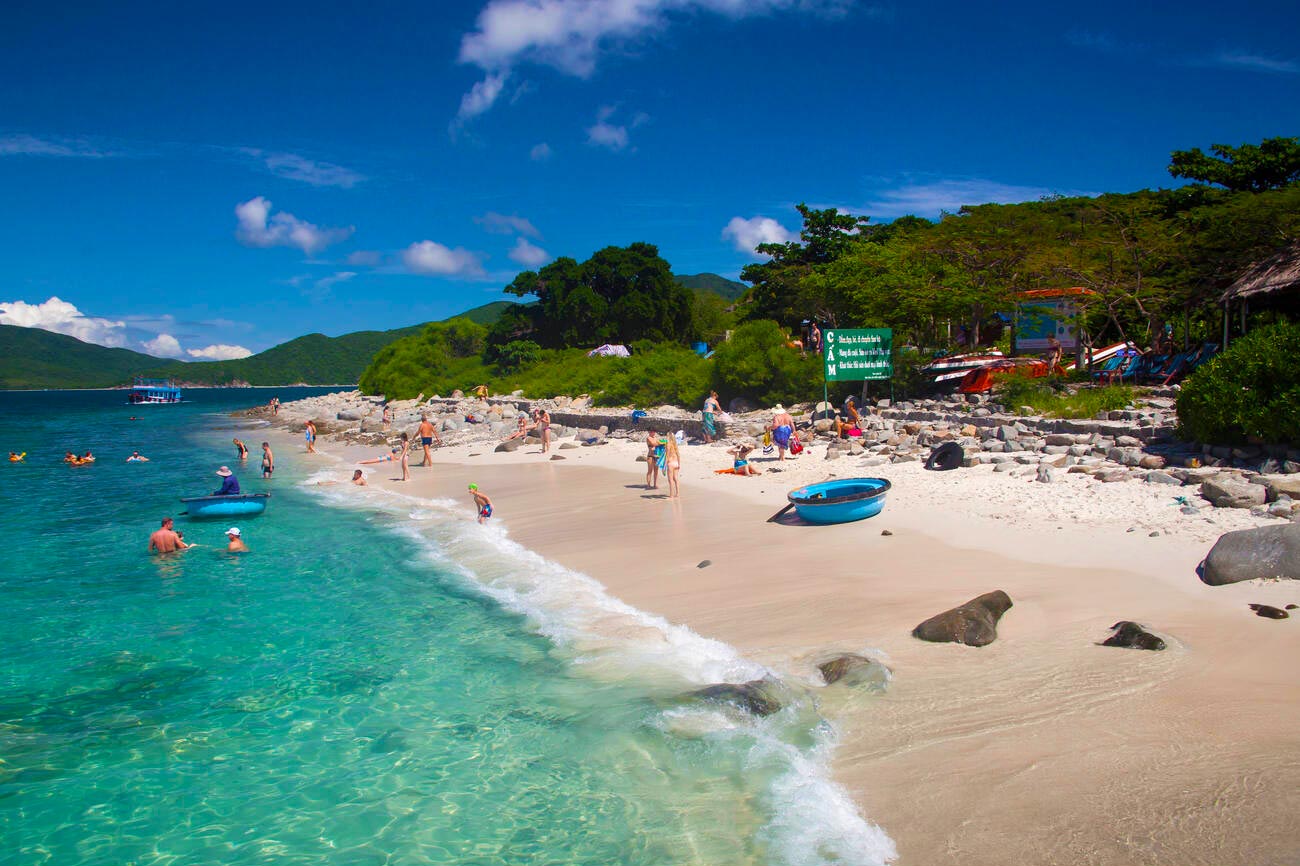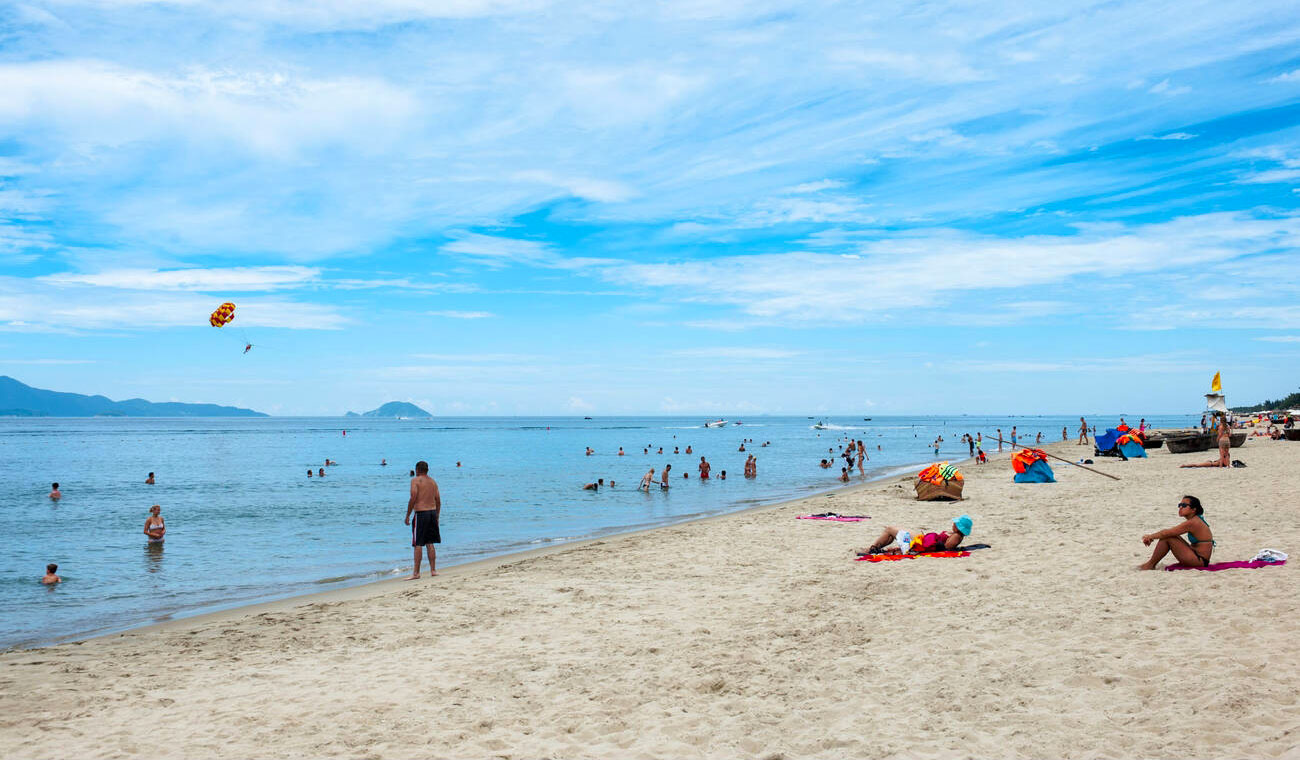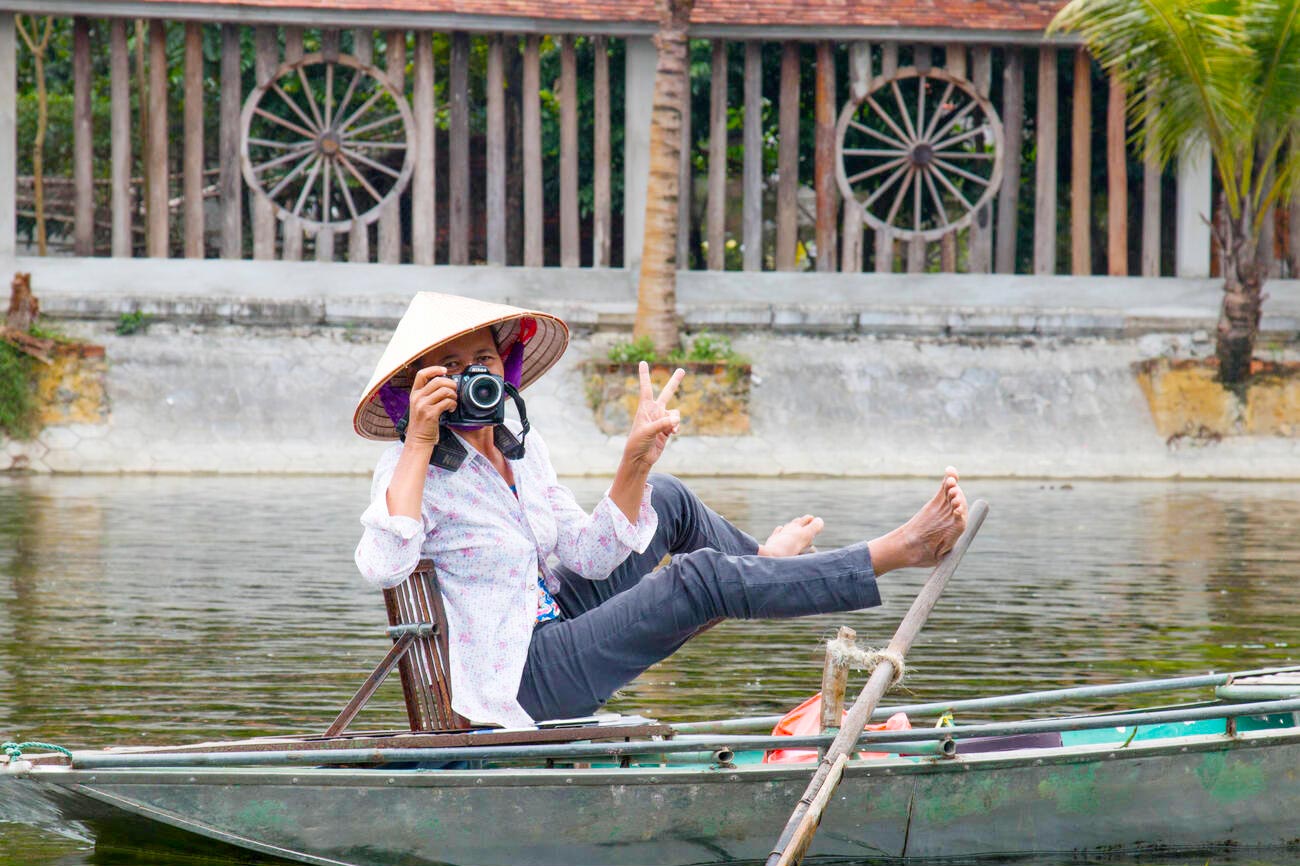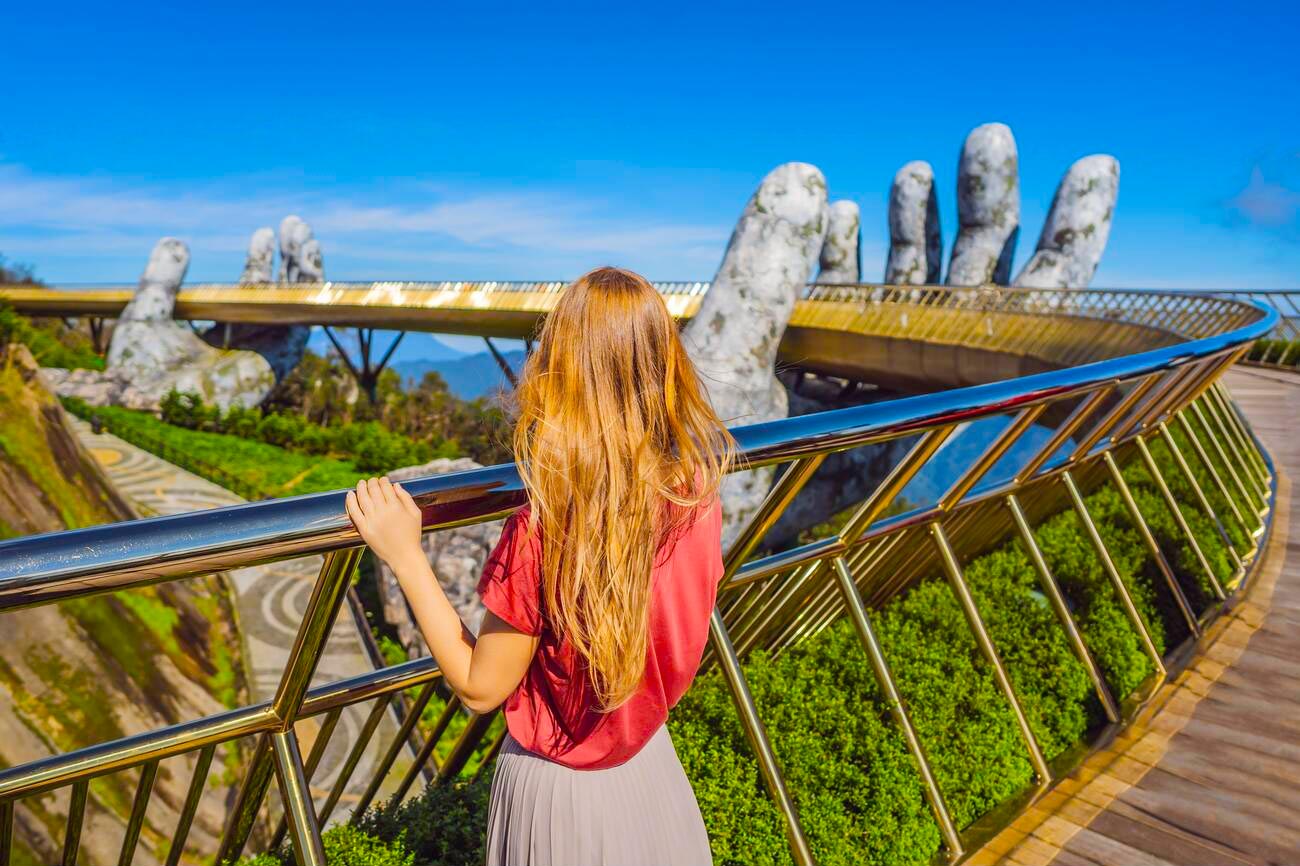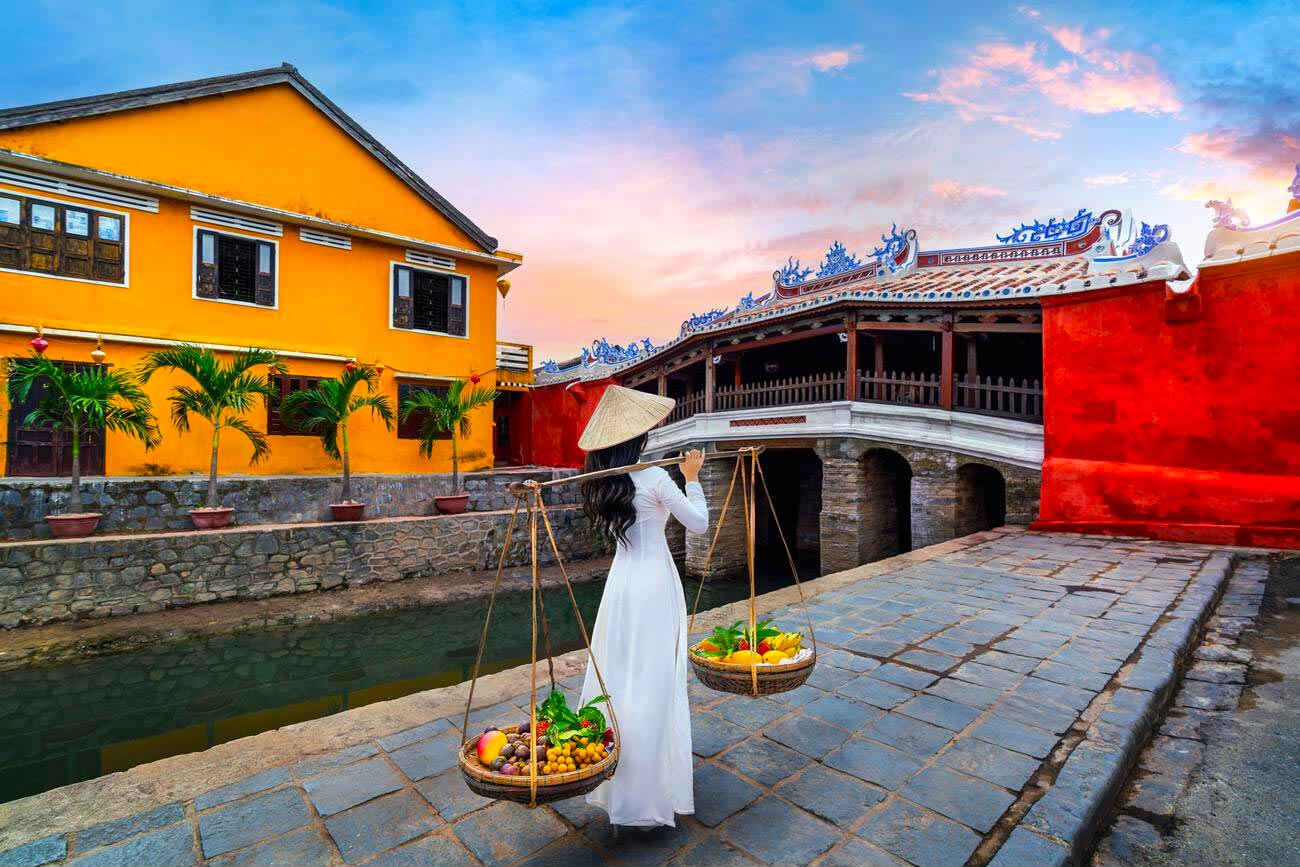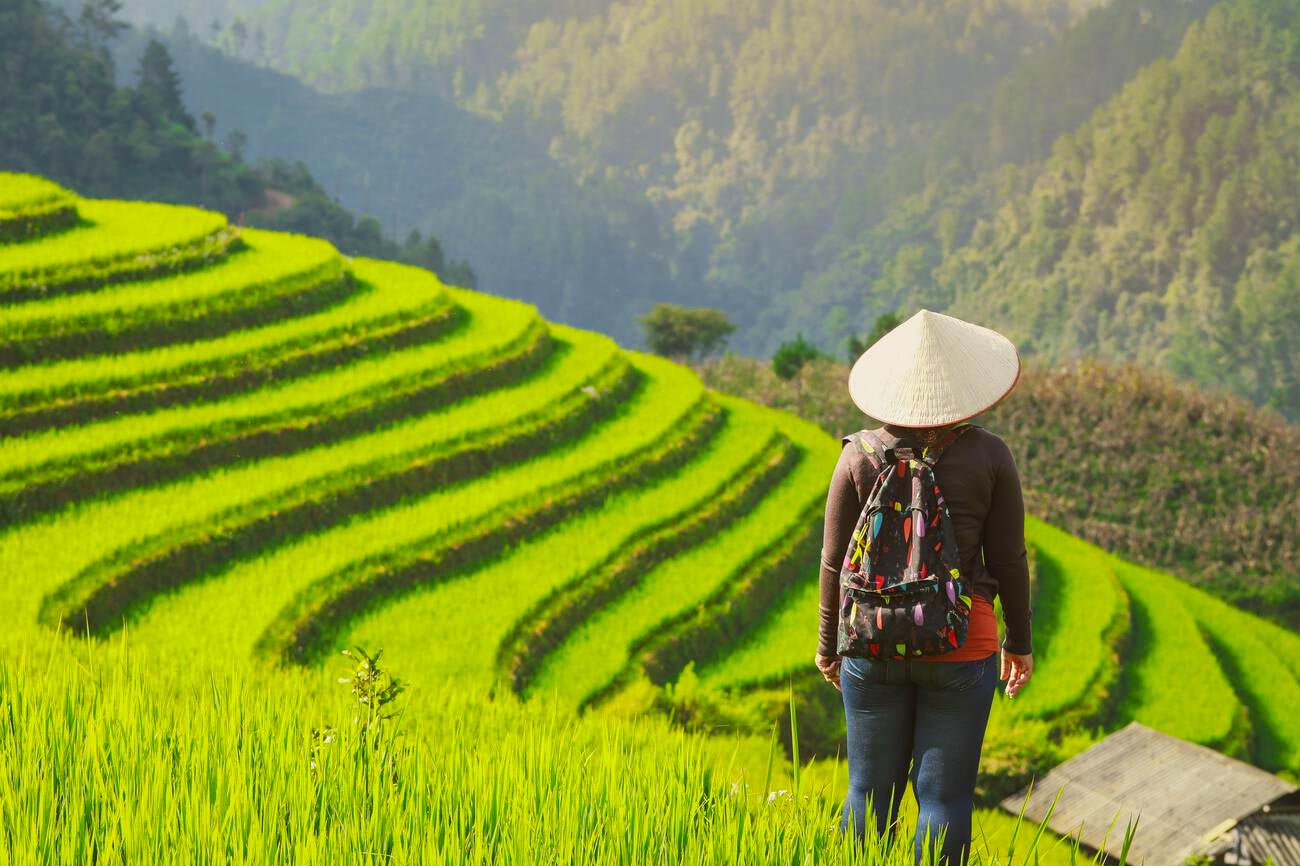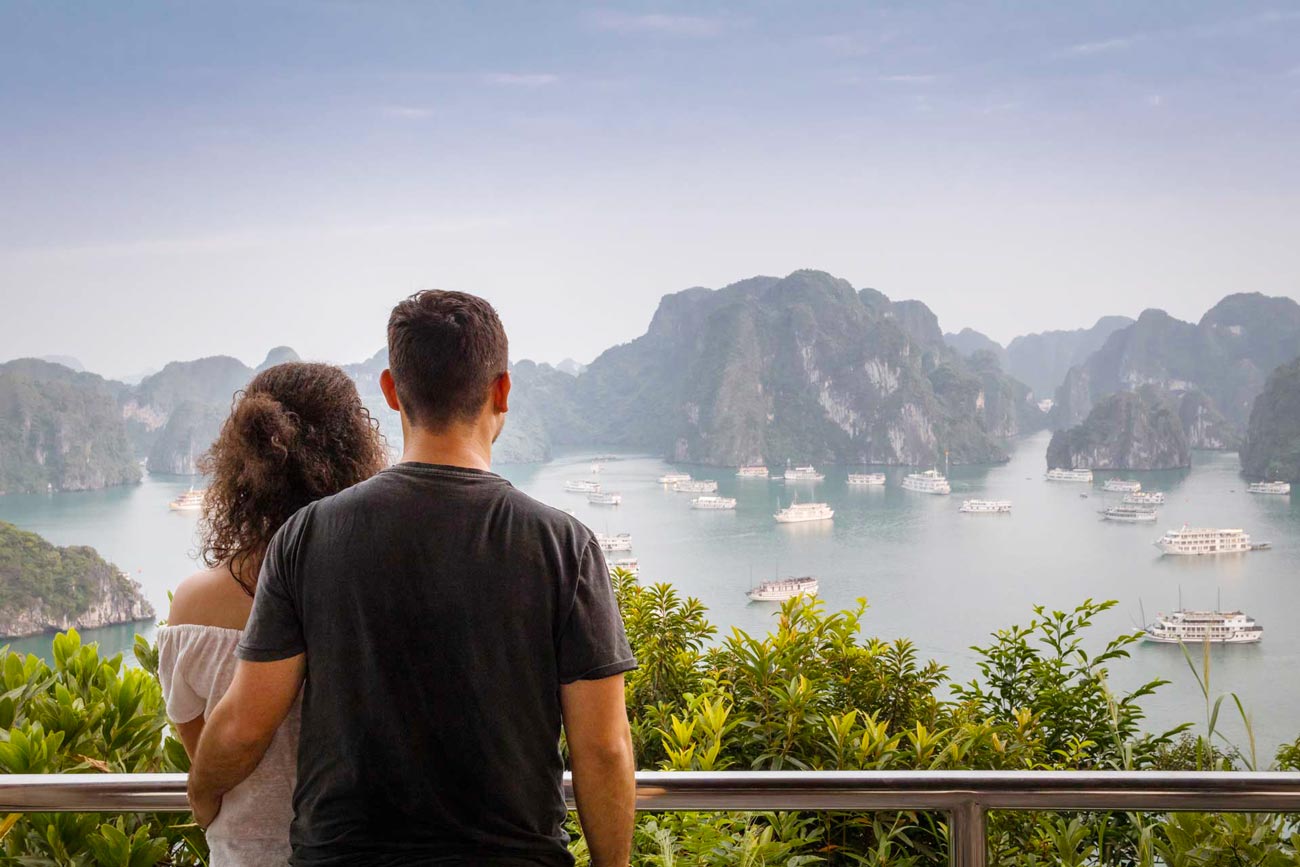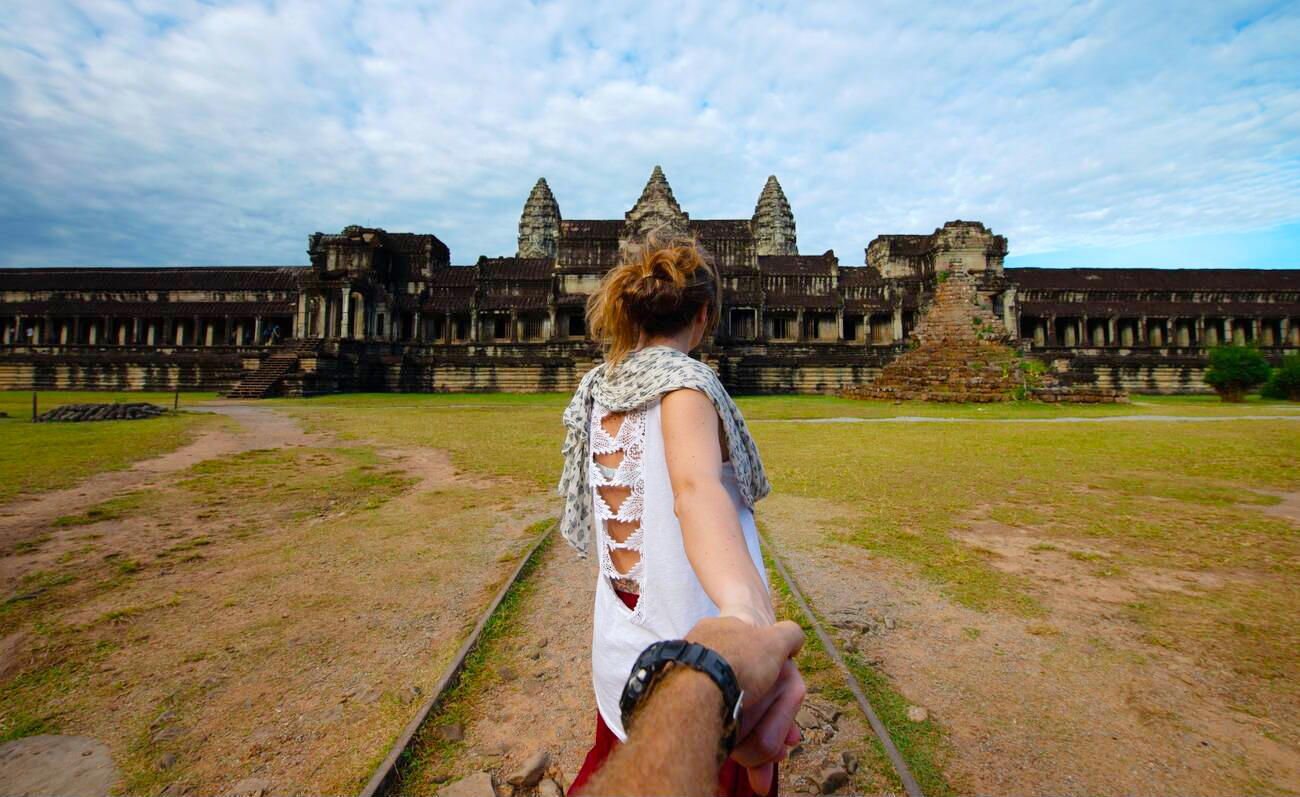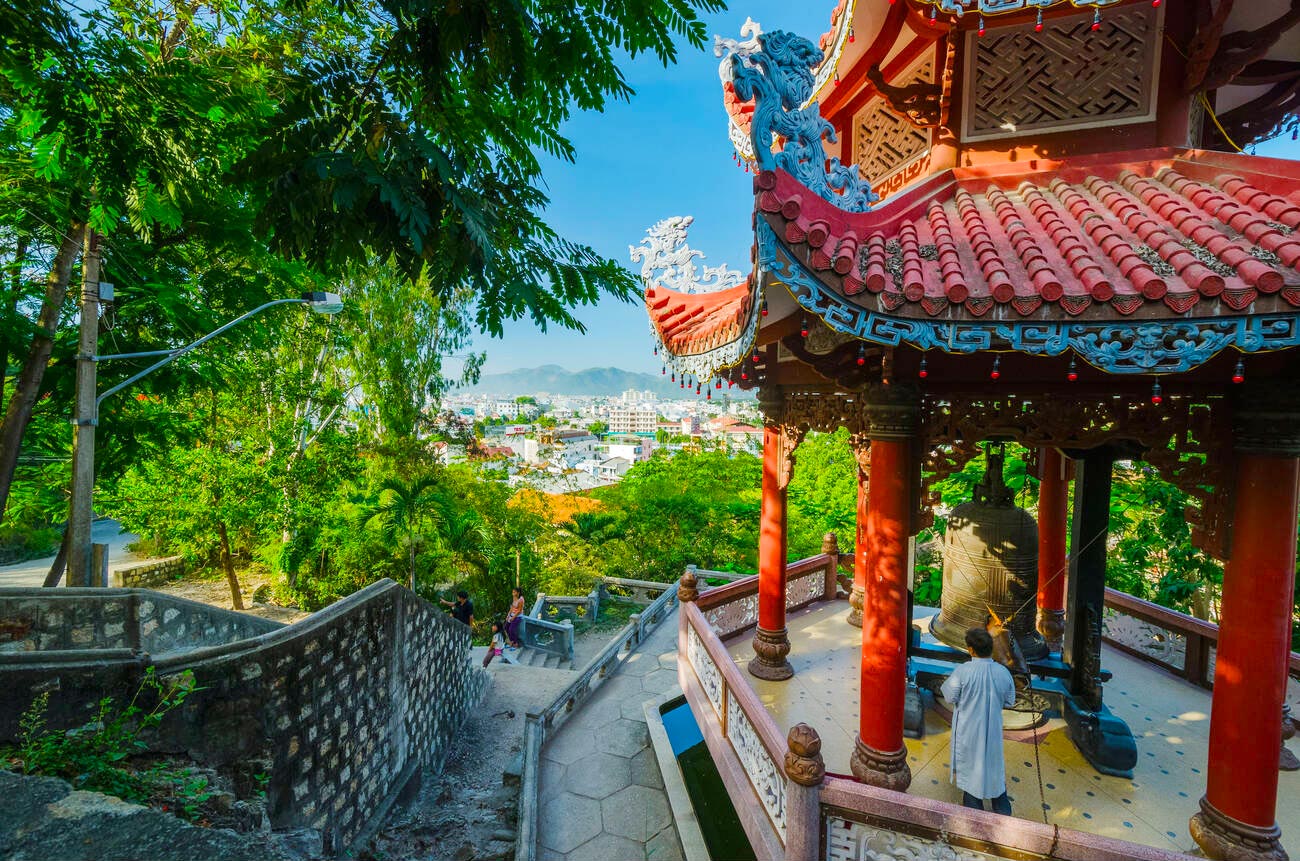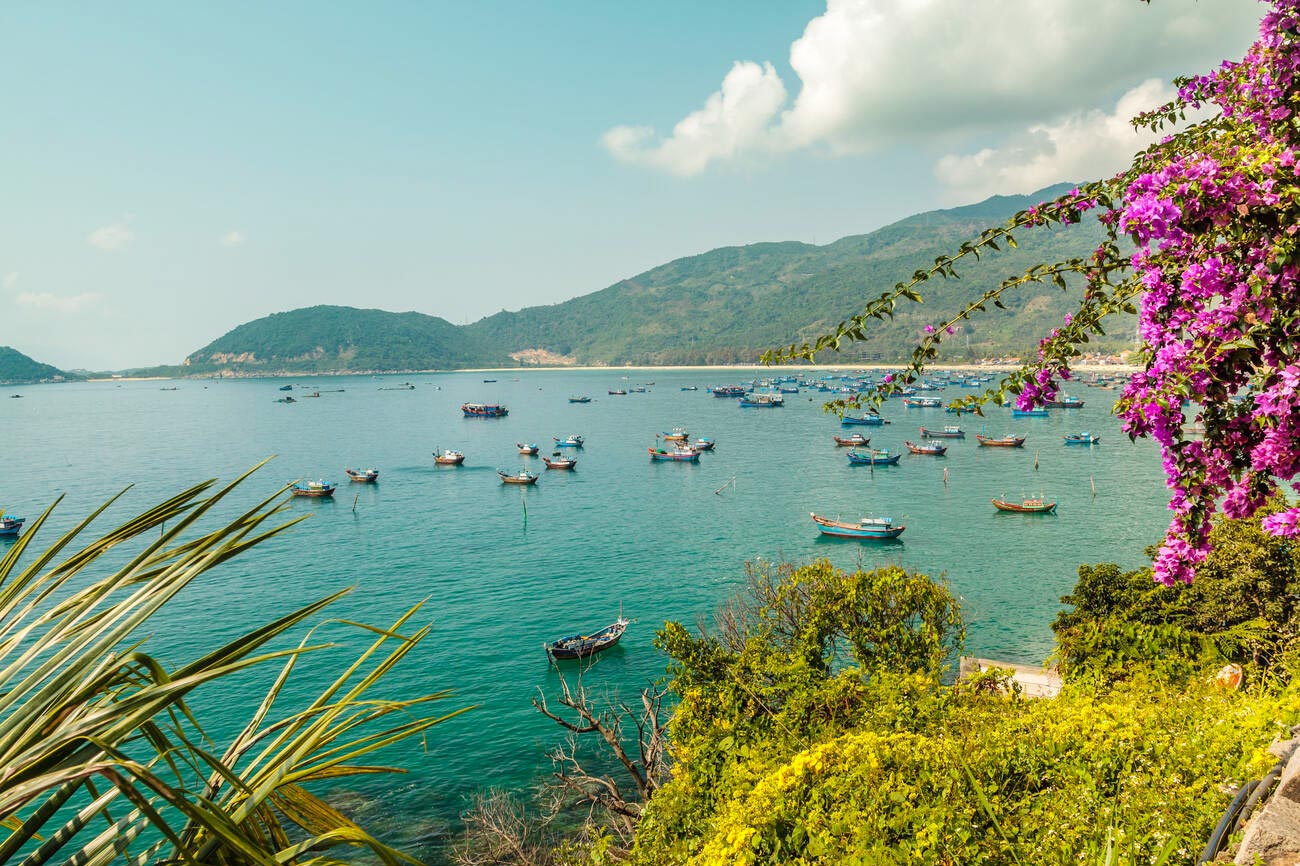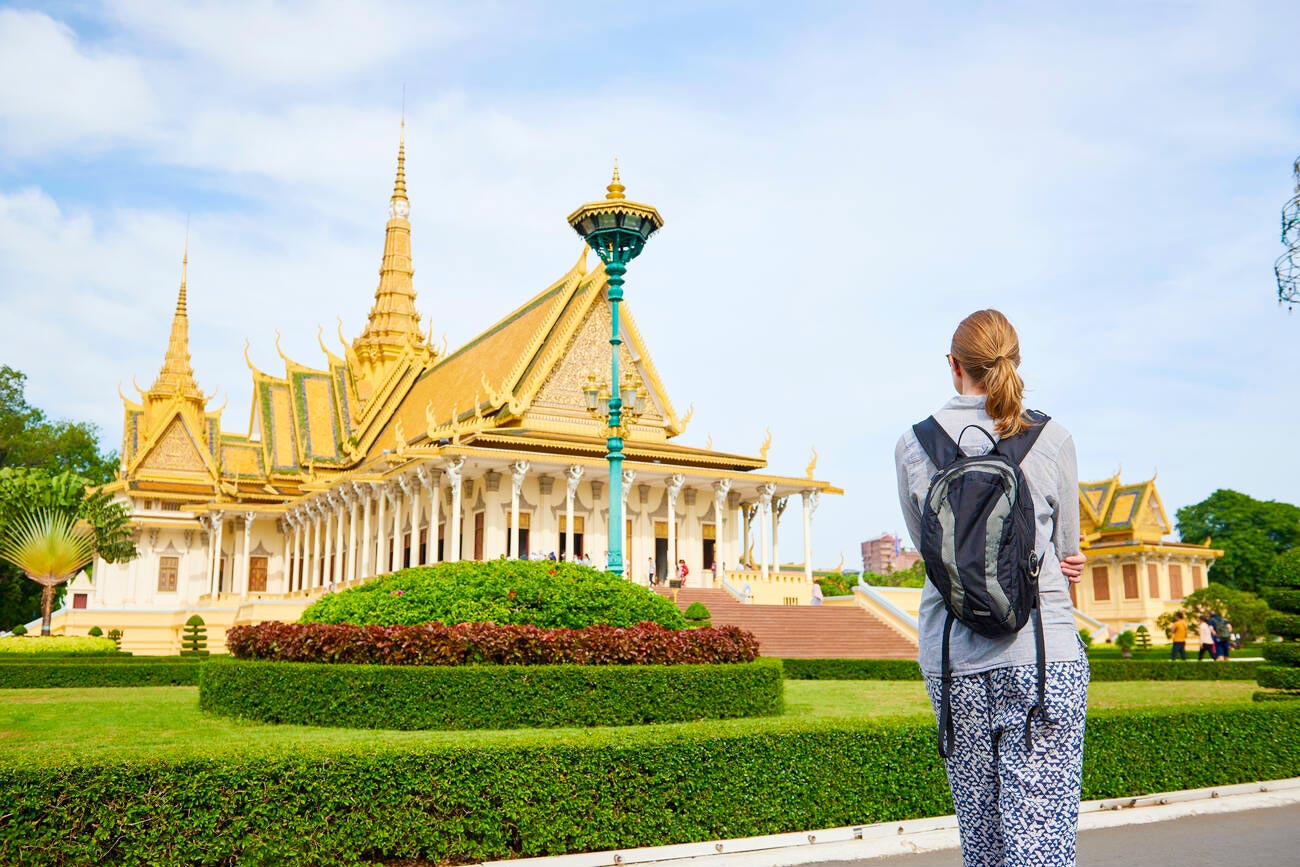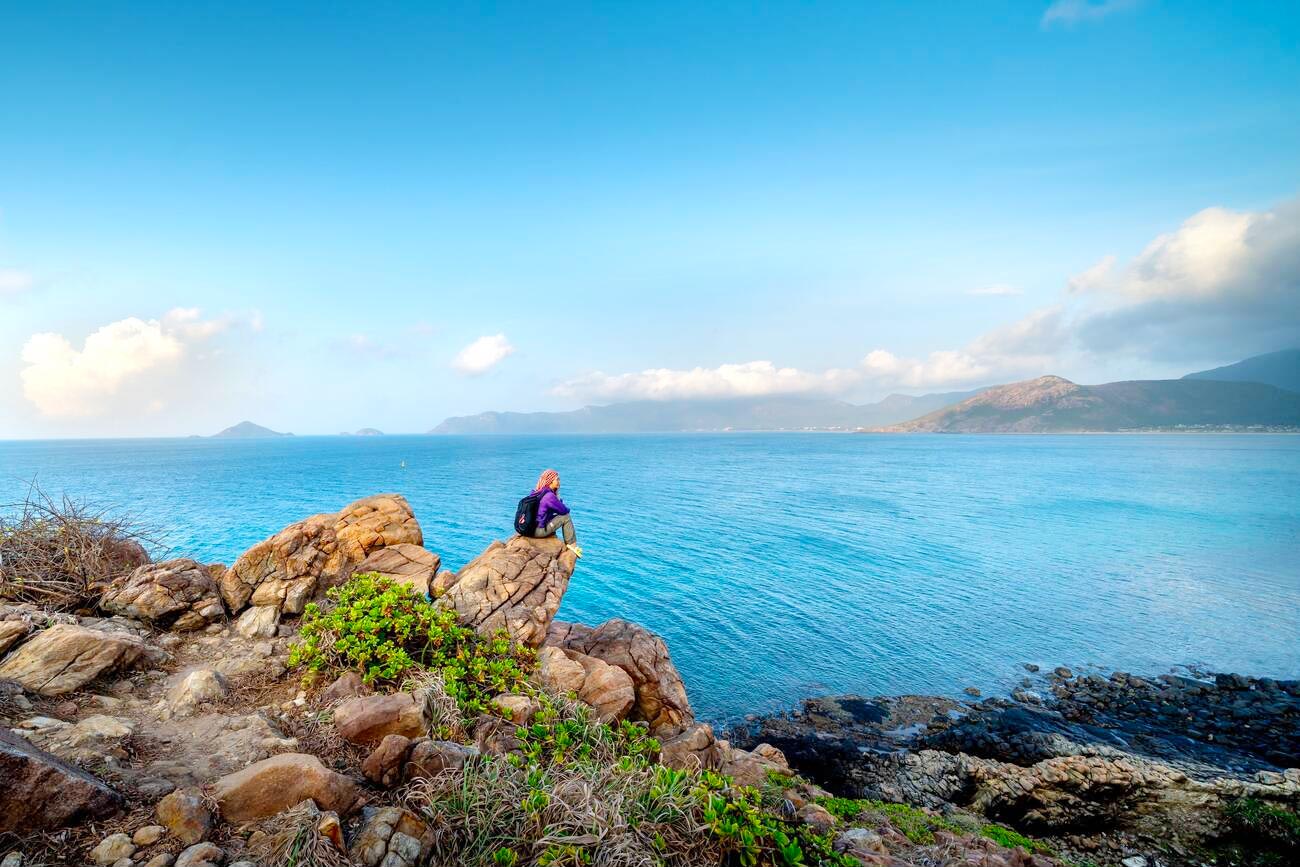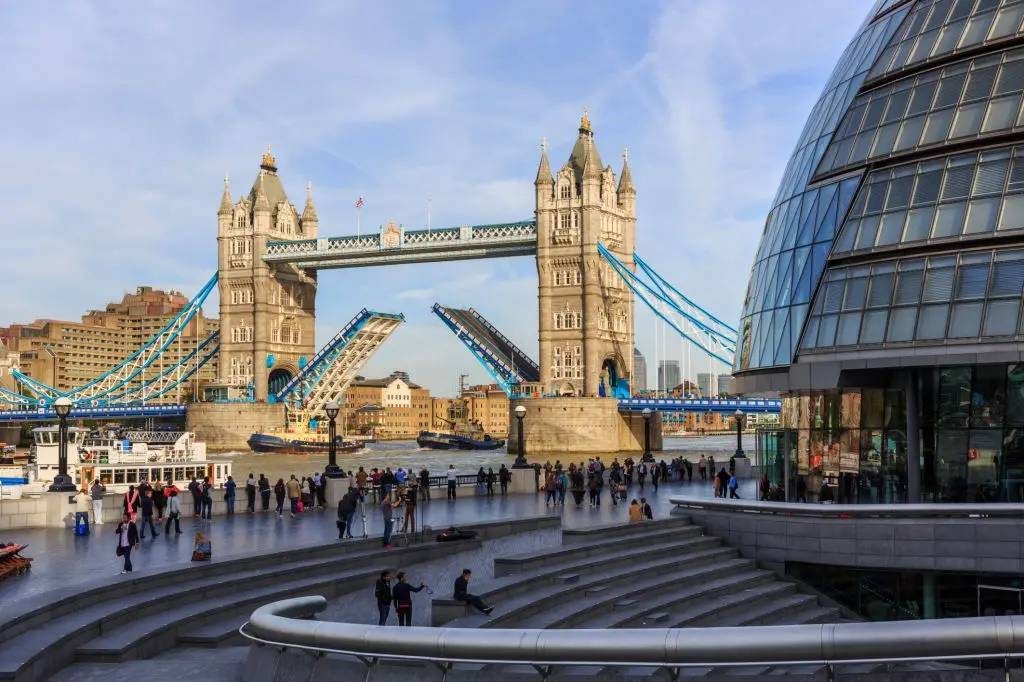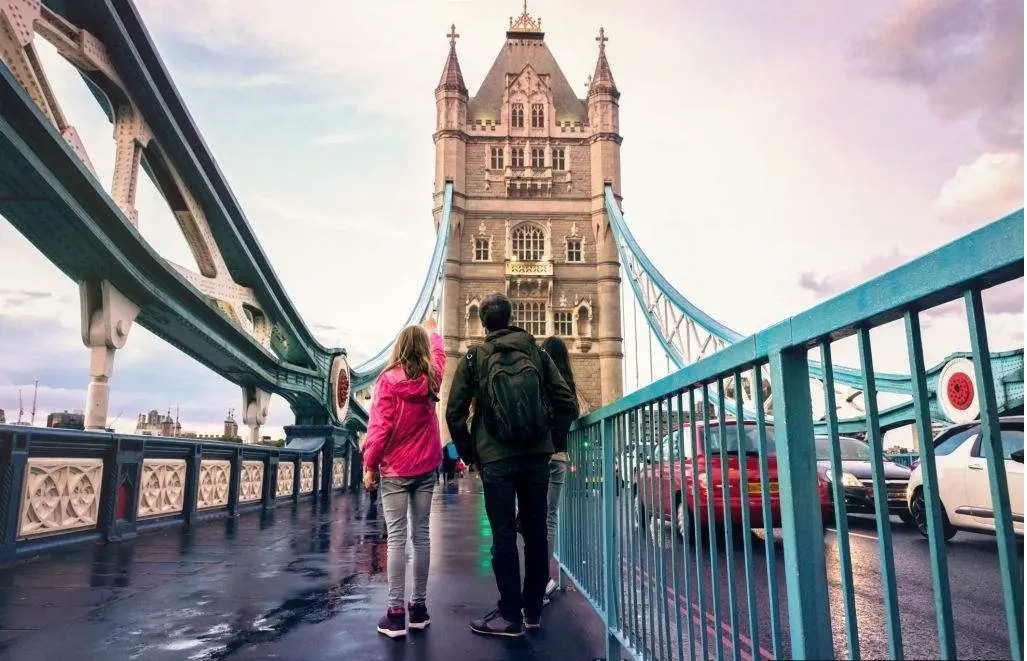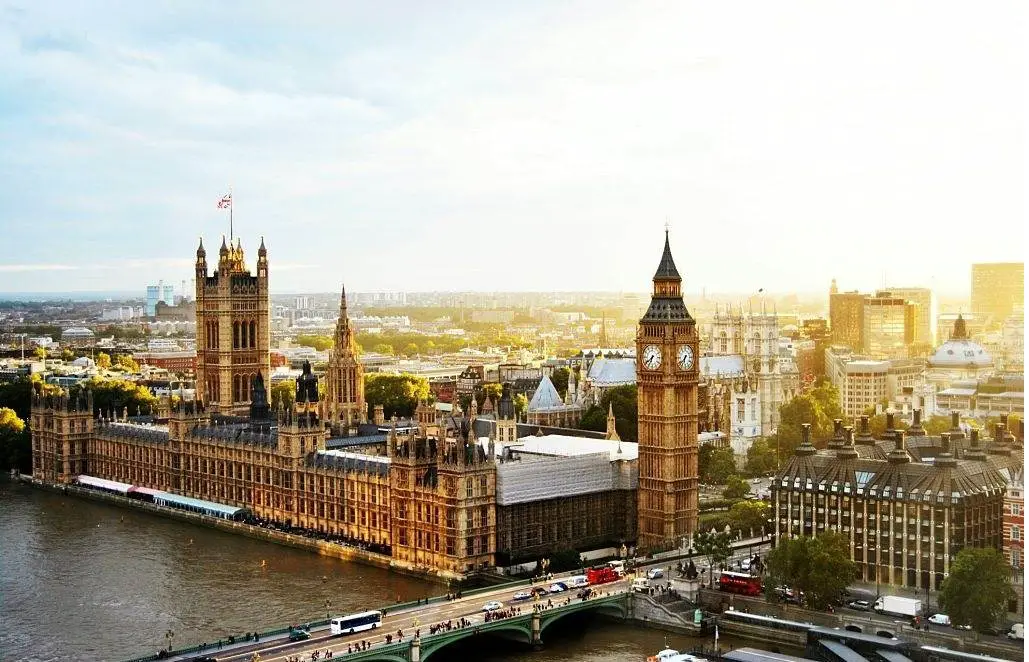Summary
- Saigon offers a bustling urban experience shaped by colonial history, modern development, and cultural fusion.
- Iconic landmarks and war-era sites provide poignant insights into Vietnam’s storied past.
- The city’s varied districts showcase vibrant street food, upscale dining, and local traditions.
- Tropical weather runs from the dry season to the rainy season, each with distinct appeals.
- Practical advice on etiquette, currency, transportation, and safety helps travelers immerse in Saigon’s dynamic rhythm.
For good reason, Saigonl is often regarded as Vietnam’s beating heart. Officially known as Ho Chi Minh City since 1976, this bustling metropolis perfectly balances age-old traditions with a modern urban edge. From impressive colonial architecture and poignant war memorials to futuristic skyscrapers and dynamic nightlife, Saigon brims with a unique charm that draws visitors from all corners of the globe.
This Saigon Travel Guide aims to give you comprehensive insights into the city’s highlights, best travel periods, packing essentials, and more. Prepare yourself to discover a destination filled with culture, history, culinary delights, and an undeniable warmth from its people.
Saigon Overview
Ho Chi Minh City, still referred to by many locals and visitors alike as Saigon, is located in southern Vietnam and stands as the nation’s financial and commercial hub. The city’s hectic energy is contagious, fueled by a population of more than nine million residents who flow through the busy streets on motorcycles, bicycles, and modern public transport. While the city has evolved immensely since the Vietnam War, vestiges of its storied past remain in the form of historical sites and memorials.
Saigon can be overwhelming at first glance. Skyscrapers decorate the horizon, and sleek new commercial complexes share space with old temples and bustling wet markets. Street vendors coax passersby to sample local snacks such as bánh mì or phở, while international eateries, chic rooftop bars, and fashion boutiques testify to the city’s global flair. Beneath this modern vibrancy, you will find a nuanced and layered culture informed by French colonial influences, Chinese traditions, and countless waves of migration from rural Vietnamese provinces. All of these elements blend seamlessly into an unmistakably Vietnamese identity.
Understanding the local culture is a reward in itself. Respect for elders, appreciation for communal living, and genuine warmth are common threads woven throughout daily life in Saigon. Handshakes, friendly smiles, and polite gestures define local interactions. Even amidst the everyday hustle, visitors often remark on the kindness and openness of the city’s people. You will find an inviting atmosphere that adds a personal dimension to your journey everywhere you go.
Things & Activities to Do at Saigon
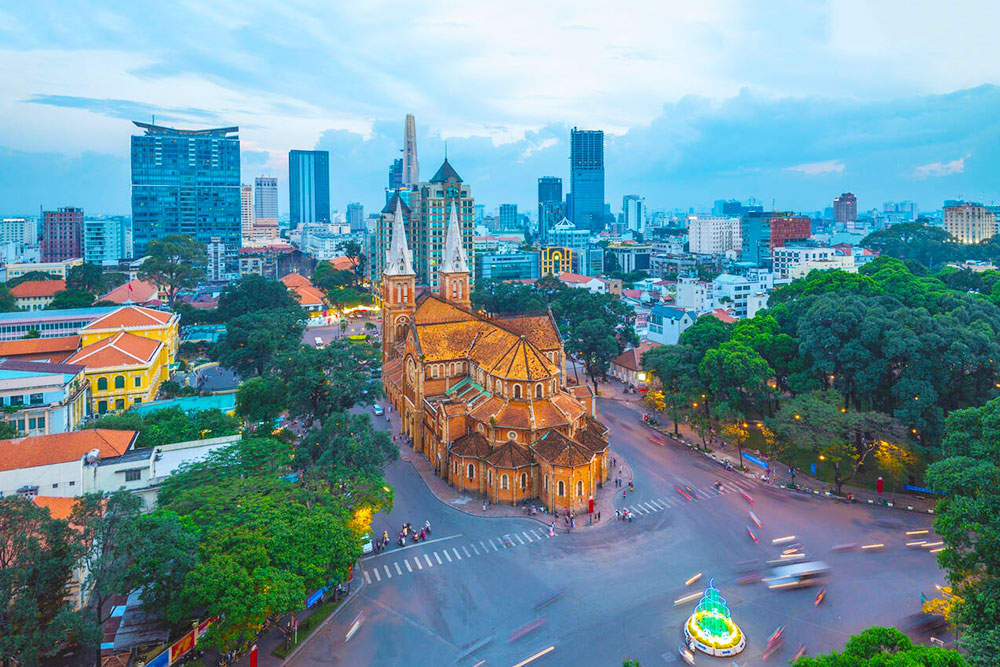
One of the great joys of visiting Saigon is the sheer variety of things you can see and do. Whether you are into history, food, culture, or simply enjoying the city’s rhythm, you will never be short of engaging experiences.
Explore Iconic Landmarks
Saigon’s cityscape includes a fair share of postcard-worthy sites every first-time visitor should experience. The Notre Dame Cathedral Basilica of Saigon, with its red brick façade and twin bell towers, is a remnant of French colonial rule. The Saigon Central Post Office is a short walk away, designed by Gustave Eiffel. Its ornate interior and colorful columns glimpse the architectural fusion that defines the city.
Another must-see is the Reunification Palace (also known as Independence Palace), an architectural time capsule of 1960s design. Beyond its mid-century modern aesthetics, this building holds significant political and historical importance as the site where the Vietnam War effectively ended in 1975. Wandering through its corridors and underground bunkers immerses you in the intense events that shaped the country’s modern history.
A scenic trip to the Saigon Opera House, also called the Municipal Theatre, offers a delightful peek into the city’s cultural life. Built in the late 19th century, this building is a testament to French colonial influences. The Opera House hosts ballets, concerts, and other artistic performances that display local talent and creativity.
Dive into War-Era History
While Saigon is now a thriving modern city, it still bears the marks of the turbulent conflicts that once tore the country apart. The War Remnants Museum is a poignant testimony to the Vietnam War. Inside, you will see various exhibits and photographs documenting the war’s profound impact on civilians and the environment. It can be a sobering experience but also a valuable one that underscores the importance of peace.
The Cu Chi Tunnels, situated about 70 kilometers outside the city center, highlight the resourcefulness and determination of the Viet Cong guerrilla fighters. This intricate underground network, used as a hideout and supply route during the war, allows visitors to experience the narrow, claustrophobic spaces where soldiers lived and strategized. Exploring these tunnels provides insights into the complexities of the war and the tenacity of those who endured it.
Revel in Culinary Adventures
Saigon is a food lover’s paradise. From modest street food stalls to trendy rooftop eateries, the city’s culinary scene spans a remarkable range of flavors, styles, and dining settings. Traditional Vietnamese dishes like phở and bánh mì are widespread and beloved for their simplicity and depth of flavor. However, the city also offers regional specialties from every corner of Vietnam—whether it’s northern-style bún chả or central dishes like mì Quảng.
Cooking classes can be found around the city for travelers eager to further explore Vietnamese gastronomy. These experiences often begin with a trip to a local market, where you will learn about different herbs, spices, and traditional cooking techniques. Many classes cover the basics of iconic dishes, teaching participants how to craft everything from spring rolls to hearty noodle soups. Upon returning home, you can delight friends and family with your newfound culinary expertise.
If you want a view of Saigon’s modern face, rooftop bars and fine-dining restaurants are increasingly popular. Places like Chill Skybar or the top floors of the Bitexco Financial Tower let you admire the spectacular city skyline while enjoying upscale cocktails. Despite the glamour at these upscale spots, the essence of Saigon’s food culture can often be found on unassuming sidewalk stools where locals gather to sip aromatic cà phê sữa đá (iced coffee with condensed milk) or eat hot bowls of noodles under the glow of streetlights.
Soak Up Local Culture and Traditions
One of the best ways to familiarize yourself with local life is by venturing into the city’s bustling markets. Ben Thanh Market is the most iconic, offering everything from souvenirs to groceries. Browsing stalls filled with textiles, handicrafts, and exotic fruits can be a fun, albeit somewhat crowded, experience. Visit Chinatown's less touristy Binh Tay Market (Cholon) for a more local vibe. Here, you will observe daily commerce among residents and small businesses, get great deals on produce and household items, and perhaps sample lesser-known Vietnamese snacks.
Temples and pagodas also play a crucial role in the city’s cultural tapestry. Thien Hau Temple, located in Chinatown, is dedicated to the sea goddess Mazu. Adorned with intricate figurines and coiling incense, this temple provides a quiet escape from the city’s vibrant streets. Similarly, the Jade Emperor Pagoda is a captivating site brimming with Taoist and Buddhist iconography. By visiting these religious landmarks, you gain a deeper appreciation for the beliefs and practices that define local communities.
Consider day trips to nearby attractions to escape Saigon’s frenetic pace quickly. The Mekong Delta, for instance, is reachable within a few hours by bus or car. You can witness traditional riverine life, floating markets, and lush fruit orchards there. Vung Tau and Mui Ne are also within reasonable driving distance for beach enthusiasts, offering distinct coastal experiences.
Best Time to Visit Saigon
Saigon experiences a tropical climate broadly split into the dry and rainy seasons. The dry season typically runs from December to April. Temperatures often range from 25°C (77°F) to 35°C (95°F), and humidity is more bearable. January and February mark the city’s festive time, with the Tet Lunar New Year celebrations bringing bright decorations, flower markets, and cultural shows.
Come May, the rains begin and extend until November, peaking around July and August. While the rainfall can be heavy, it tends to come in short bursts, mainly in the afternoons. The rainy season has its charms, offering fewer crowds, lush green surroundings, and sometimes better travel deals. However, late December to early March is ideal if you prefer relatively drier days and more outdoor excursions. Remember that tourism peaks around the Christmas and New Year holidays, so planning and booking accommodations in advance is advisable.
What to Pack for Saigon?
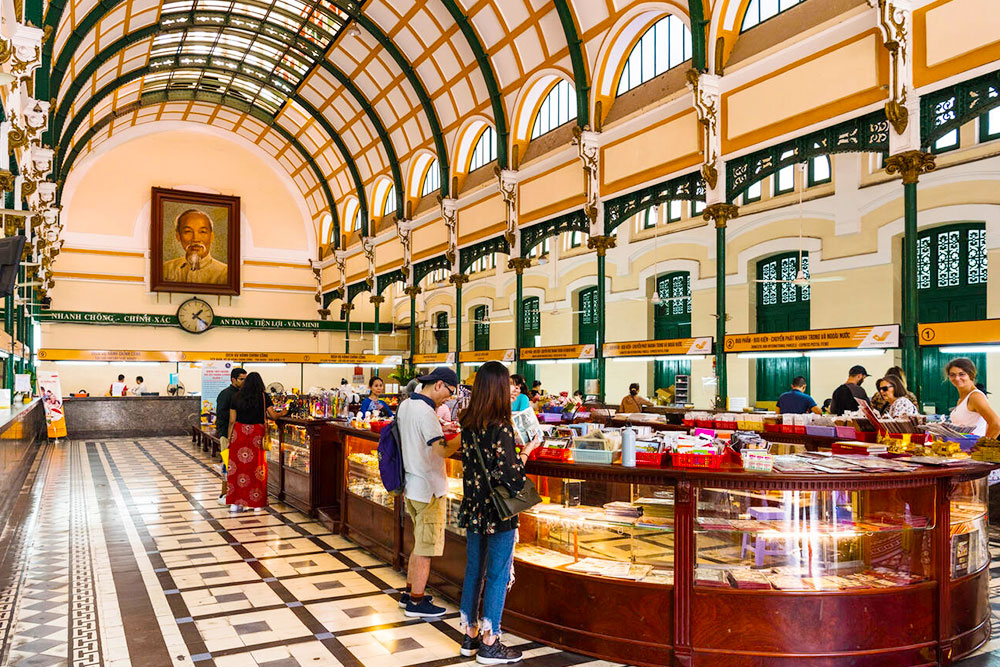
Packing for Saigon depends on your planned activities, your sensitivity to humidity, and whether you visit during the wet or dry season. Lightweight, breathable clothing is essential year-round, as temperatures rarely dip below 20°C (68°F). Cotton or quick-dry fabrics are highly recommended. Bring comfortable walking shoes—preferably ones you do not mind getting dusty or wet—since exploring on foot is one of the joys of the city.
If you plan to visit religious or historical landmarks, dress modestly, particularly when entering temples and pagodas. A light sweater or jacket is helpful in air-conditioned malls, restaurants, or buses, where the indoor temperature can feel quite cold compared to the sultry climate outside. During the rainy season, an umbrella or lightweight raincoat is a must; many convenience stores sell inexpensive, disposable rain ponchos if you forget to pack one.
When preparing your travel toiletries, pack sunscreen and insect repellent. Despite the urban environment, mosquitoes can be active, especially near riverbanks and parks, so taking basic precautions ensures a more comfortable stay. A portable power bank and universal adapter can be lifesavers if you plan to use electronic devices frequently. Finally, bring an extra suitcase or plan for additional luggage space, especially if you enjoy shopping. From handmade crafts to trendy apparel, Saigon’s shopping scene can entice you to bring home more than you expected.
How to Get Saigon?
Saigon is easily accessible by air, road, and rail. Most international visitors arrive via Tan Son Nhat International Airport, about seven kilometers from the city center (District 1). The airport hosts numerous global and regional carriers, offering direct flights to major Asian, European, and North American destinations. From the airport, you can opt for metered taxis, ride-hailing apps (like Grab), or airport shuttle buses to reach your hotel.
If you are already in Vietnam, domestic flights connect Saigon with Hanoi, Da Nang, Nha Trang, and other major cities. Vietnam’s comprehensive train system is a scenic, albeit slower, option, particularly if you want to witness the changing landscapes across regions. Many budget travelers also opt for sleeper buses, which link Saigon with tourist hotspots.
Taxis, motorcycles, and ride-sharing apps are widely available within the city. Though less popular among foreign visitors, public buses run on set routes at affordable fares. If you are confident in navigating the local traffic, renting a motorcycle can be an exciting way to explore hidden corners of Saigon—although it demands caution and familiarity with local driving habits. Walking around the central districts can delight, revealing interesting alleys, cafes, and street art.
Best Travel Tips for Visiting Saigon

Navigating a city as dynamic as Saigon is both exhilarating and potentially overwhelming. Here are a few pointers to make your trip smoother:
- Embrace Local Etiquette: Respect and politeness define Vietnamese culture. When greeting locals, a brief handshake or a slight bow is typical. Making an effort to learn a few simple phrases in Vietnamese—like “xin chào” (hello) or “cảm ơn” (thank you)—goes a long way in creating goodwill.
- Bargaining Know-How: In local markets and small shops, bargaining is expected. That said, approach it with a friendly attitude rather than aggressive haggling. Offering half the quoted price is a reasonable start, and you can meet somewhere in between for a fair deal.
- Traffic Awareness: The constant hum of motorcycles can be overwhelming. Crossing streets requires a calm and confident approach. Move steadily while making eye contact with oncoming riders—they will usually weave around you. Avoid sudden stops or turns. If you are unsure, cross with a local.
- Stay Hydrated and Mindful of Food Safety: Saigon’s heat can dehydrate you quickly. Always have drinking water on hand. Street food is fantastic, but ensure you eat at places that appear clean and popular. Peeling your fruit and avoiding ice from questionable sources are additional precautions.
- Money Matters: The Vietnamese dong (VND) is the local currency, but many tourist-oriented establishments also accept U.S. dollars. ATMs are plentiful in Saigon, particularly in tourist areas. Be mindful of transaction fees, and always check your bills when receiving change. Credit cards are increasingly accepted in mid-range to upscale restaurants and shops, though smaller establishments might still prefer cash.
- Respect Cultural and Religious Sites: Temples and pagodas are living places of worship. Dress modestly—cover your knees and shoulders—and ask for permission before taking photos, especially of people engaged in prayer or rituals.
- Stay Alert: Saigon is relatively safe, but petty crimes like pickpocketing can occur in crowded areas. Carry your valuables in a secure bag, and remain watchful in busy markets or tourist hotspots.
Conclusion
Saigon surprises and enchants visitors in countless ways. Its landscape is one of contrasts: centuries-old temples coexisting with avant-garde architecture, antique shops lining boulevards near futuristic skyscrapers, and humble street kitchens competing with gourmet restaurants. While the city thrives on its modern momentum, it remains loyal to its traditional roots. Whether you are fascinated by history, drawn to cultural experiences, or simply seeking new adventures, Saigon offers an immersive journey that captures the essence of Vietnam’s past, present, and future.
On the surface, you may perceive the city as an overwhelming blur of color and sound, yet delve a bit deeper, and you uncover a captivating tapestry that invites you to linger. Indeed, the best memories often arise from spontaneous encounters—chatting with a vendor while savoring fresh bánh mì, joining a local festival, or wandering down a quiet lane to find hidden treasures. The spirit of Saigon resides in these unplanned moments, and this guide is just the beginning of your journey. Embrace the city’s charms, and let its lively rhythms and warm-hearted people guide you to remarkable experiences you will remember long after you leave.
Elevate your travel experience by reserving a personalized Vietnam tour with our team now. When you select one of our Vietnam packages, you’ll be captivated by spectacular landscapes, immersed in a diverse cultural tapestry, and treated to exceptional attractions—ensuring memories that will last a lifetime.

